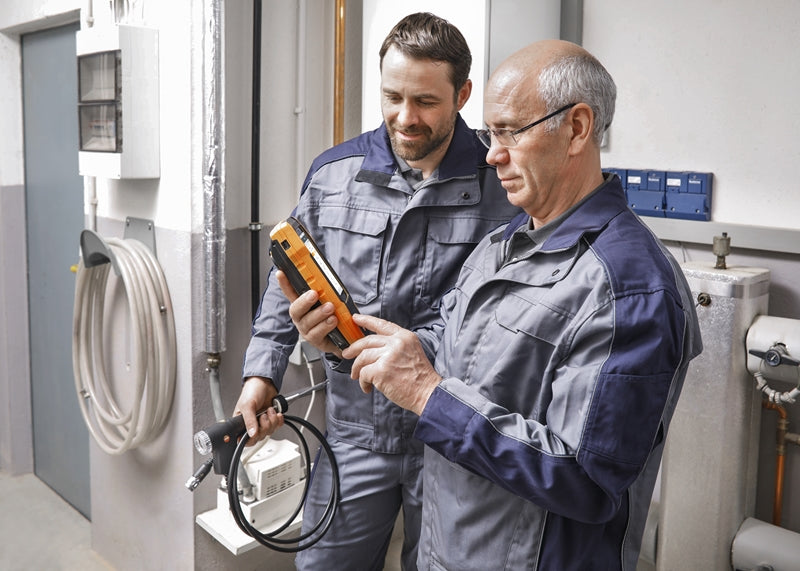
There are numerous important elements that supervisors at a facility need to keep track of to maintain operations and ensure a healthy and safe environment for workers. This is particularly true in regards to industrial settings. One of the most important factors to consider is air quality.
There is a vast array of factors that impact on indoor air quality. It is therefore imperative to monitor contaminants, particles and gas. For example, carbon monoxide is known as the silent killer as it is undetectable by our human senses, and as a result sends many New Zealanders to the emergency room every year.
Thankfully, monitoring indoor air quality (and specifically carbon monoxide) is becoming easier for facility managers due to technological innovations. There are now advanced instruments at their disposal to keep work environments safe. One of these options is an electrochemical carbon monoxide sensor.
Carbon monoxide sensors
There are several different types of devices designed to detect the presence of carbon monoxide. Most of these devices operate similarly - they alert the user of potentially dangerous levels of gas emissions. Elevated levels of CO (carbon monoxide) is dangerous to humans, the severity of this danger is based on the amount present and the length of exposure. The symptoms of CO poisoning range from fatigue and headaches, to death. CO sensors/detectors measure CO levels over a period of time and sound an alarm before dangerous levels of CO accumulate. This is to ensure that people have adequate warning to evacuate or safely ventilate the area.
- Opto-chemical sensors: This detector uses a chemical that changes colour in the presence of any carbon monoxide. While it is cost-effective, it is rarely accurate.
- Biomimetic sensors: a more advanced system than the onto-chemical sensor. This device includes a system of cyclodextrins, a chromophore and metal salts, allowing the sensor to darken based on the amount of CO present.
- Semiconductor sensors: This solution uses an integrated circuit of semiconductor tin dioxide with an insulated base. The sensing element must be heated to 400 degrees Celsius to properly detect carbon dioxide. The high power demands and general functionality of this sensor limit the potential amounts of applications.
Electrochemical sensor: Functionality and benefits
In addition to the carbon monoxide sensor listed above, there is also the electrochemical CO sensor. By using complex chemical reactions, this advance device can provide a highly accurate measurement of CO levels. An electrochemical sensor has three electrodes; the working electrode, the reference, and the counter electrodes. These are surrounded by a liquid electrolyte conductor. The main working electrode is usually constructed of platinum. This is because platinum provides a catalyst for the CO gas. This working electrode is supported by a gas permeable (yet waterproof) membrane. This enables CO to enter and electrochemically oxidise with the platinum working electrode.
Once oxidation has taken place, the electrons from this electrochemical reaction flow through the external circuit of the device. This is to allow the on-board sensor to signal the presence of CO. To mitigate a false C0 alarm caused by the presence of other gasses, electrochemical sensors usually also include a highly sensitive filter.
Key advantages of choosing an electrochemical sector over the other main types of sensors:
- Accuracy: The selective sensor removes other gasses before they reach the working sensor. This results in fewer false alarms as the sensor is highly accurate in detecting carbon monoxide specifically.
- Flexible applications: unlike other sensors that require specific environmental parameters, electrochemical sensors can operate at room temperature and they require minimal power. It can, therefore, be used in nearly any industrial environment, including those where false-positive CO alarms may have been an issue in the past.
- A leading choice: Due to their economical usefulness and functionality, electrochemical sensors are now the dominant global choice, particularly in New Zealand, Australia, the U.S. and Europe.
An electrochemical CO sensor is one of the most cost-effective and accurate instruments in regards to monitoring CO levels. To find out more about this technology, as well as other options for monitoring indoor air quality, contact the experts at Testo today!

